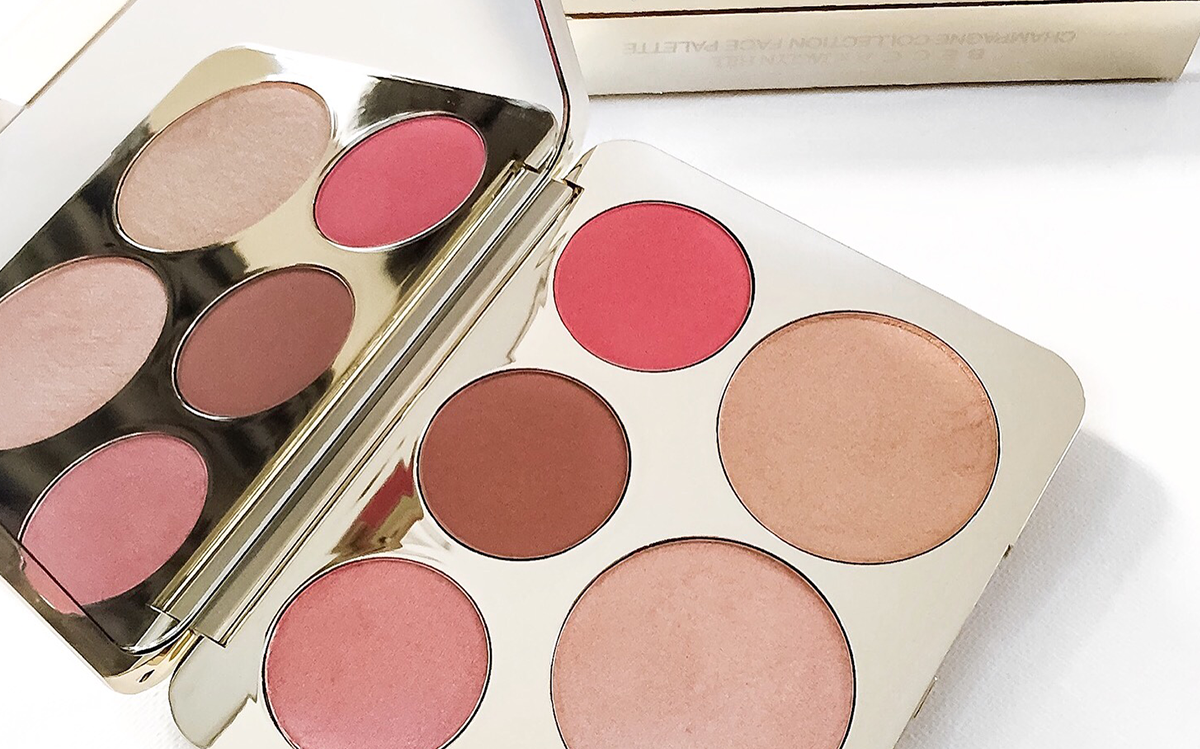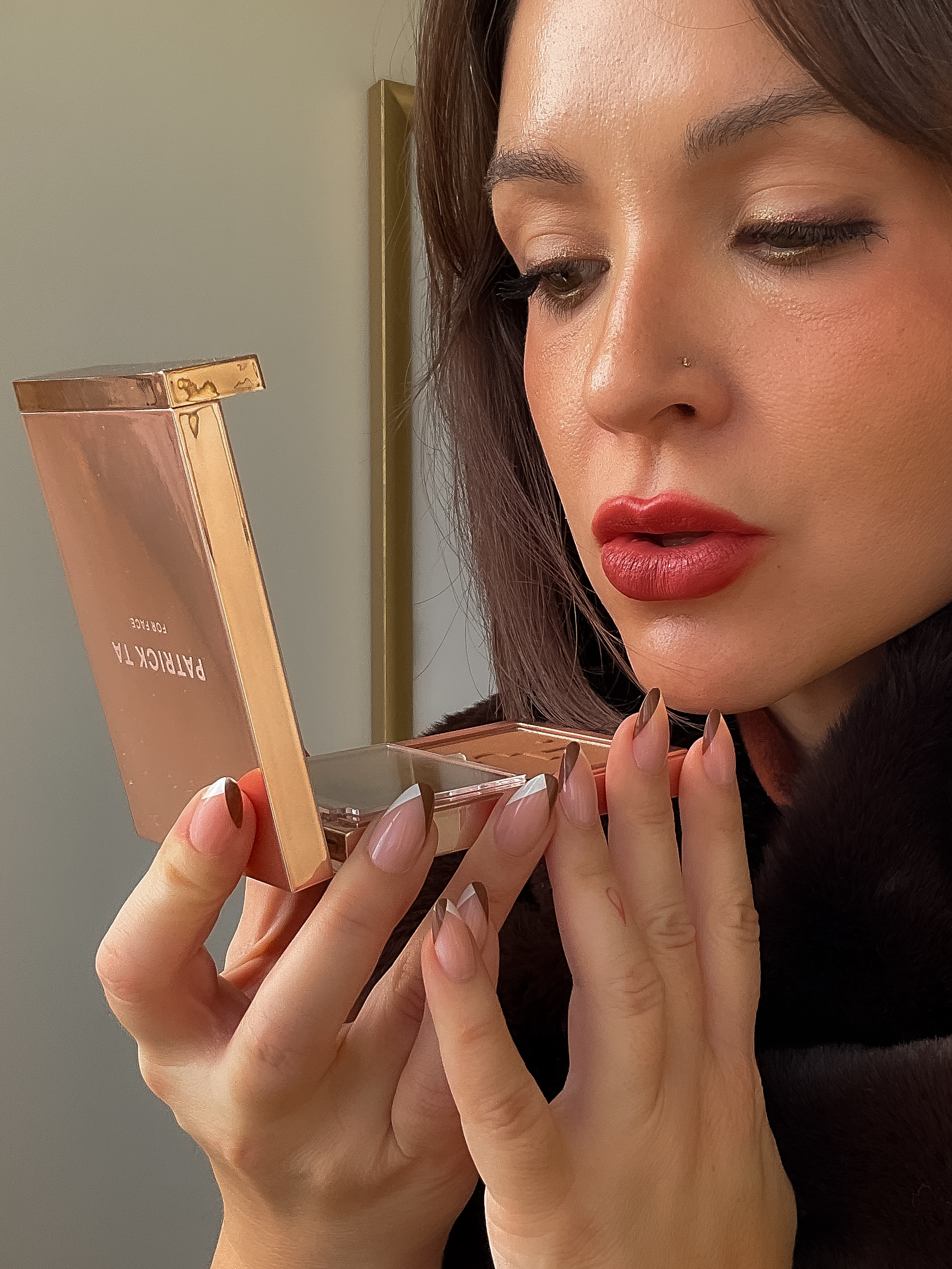Is Carmine Vegan? What Is It Exactly?
If you are not familiar with the ingredient “Carmine” already, prepare to be a little grossed out.
Known for it’s bright red (though sometimes pink or purple) pigmentation, Carmine is a colour additive found in MANY cosmetics and food items.
Note: It is not dangerous to ingest Carmine [http://www.ewg.org/skindeep/ingredient/701120/CARMINE/], unless you are one of the rare individuals who are allergic to it, in which case it has the potential to cause anaphylactic shock. [ https://en.wikipedia.org/wiki/Carmine ] However, for the vast majority of people, there’s no need to worry about potential toxicity to the body as it is fairly “natural” colour additive.
Where does Carmine Come From?
Let’s get into the nitty-gritty of what Carmine actually is: finely ground insect shells. More specifically, the carminic acid found in Cochineal scale insects [ https://en.wikipedia.org/wiki/Cochineal ] native to warmer countries.
These Cochineal insects live off cacti, which is where they are found for collection, followed by crushing and processing. PETA defines Carmine as “animal-derived” (though I suppose it is up to you if you define insects are animals) and says this about Carmine on their ingredient list [http://www.peta.org/living/other/animal-ingredients-list/] :
Carmine. Cochineal. Carminic Acid.
“Red pigment from the crushed female cochineal insect. Reportedly, 70,000 beetles must be killed to produce one pound of this red dye. Used in cosmetics, shampoos, red apple sauce, and other foods (including red lollipops and food coloring). May cause an allergic reaction. Alternatives: beet juice (used in powders, rouges, shampoos; no known toxicity), alkanet root (from the root of this herb-like tree; used as a red dye for inks, wines, lip balms, etc.; no known toxicity; can also be combined to make a copper or blue coloring). (See Colors.)
Carminic Acid.
(See Carmine.)”
Personally, I can see the initial appeal of replacing synthetic red dyes with the “natural” cochineal dye; however, I find the insect origin a little (ok, more than a little) disturbing. We have alternative natural red dyes that could be safely used in food and cosmetics. I have a sneaking suspicion that if most consumers knew what they were putting on their cheeks, lips and in their mouth, they might think twice.
Closing Thoughts
My take away is this: Cochineal (Carmine) is a non-toxic but unnecessary colour additive. Because they are equally safe alternatives to acid extracted from insect bodies, I’m going to file “Carmine” in my “Things to Avoid” list.
Carmine goes by the following names:
- cochineal
- cochineal extract
- crimson lake
- carmine lake
- natural red 4
- C.I. 75470
- E12
Examples of beauty products that list Carmine (there are thousands, I just picked a few that I knew of):
- Yves Saint Laurent – Rouge Pur Couture various lipstick shades
- Givenchy – Le Rouge various lipstick shades
- tarte – Tartlette Tease eyeshadow palette
- Charlotte Tilbury – Luxury Eyeshadow Palettes (all palettes except The Sophisticate, The Golden Goddess, and The Rebel.)
- Becca – Shimmering Skin Perfector™ Luminous Blush various blush shades



